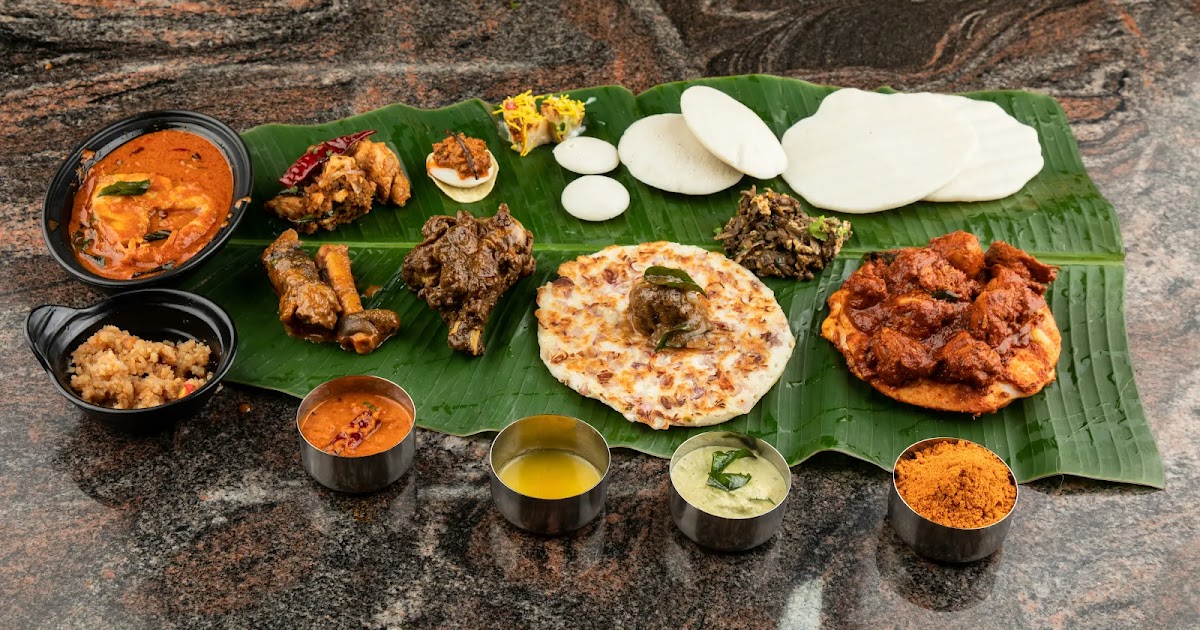Let us tell you that many surveys and research conducted across the country show that even today the diet of most Indians is dependent on highly refined grains, salt, oil and processed foods, which can be the main causes of obesity, diabetes and heart diseases. But today we will tell you some tips which will help you in smart cooking which can keep the taste of your food intact and also make it healthy. Let us know about some such food hacks.
1. Use some whole grains instead of refined grains
Replace 25-50% of wheat flour or white rice used in roti, parantha, idli, dosa or pulao with coarse grains (like ragi, jowar, bajra, brown rice or broken wheat). Coarse grains contain more fiber, vitamins and minerals and help in controlling blood sugar. Start with a small quantity initially so that you can easily adjust according to taste and texture.
2. Add pulses or sprouts to vegetables
Add a cup of cooked dal, gram, moong sprouts or kidney beans to your vegetables or gravy. This will increase the amount of protein and fiber, food will become more nutritious and blood sugar will also remain under control.
3. Use oil wisely
Always add oil after measuring (using a spoon). Use mustard, peanut or mustard oil and reduce deep frying. Do not heat the same oil again and again, as harmful substances are formed in it. Using less oil and fresh oil is better for both heart and weight.
4. Reduce salt intake gradually
Reduce salt in food by 20-30%. To enhance the taste, use lemon, cumin, asafoetida, ginger-garlic, green coriander or chaat masala. We add most of the salt ourselves at home, so a little caution helps in keeping blood pressure balanced.
5. Adopt healthy methods instead of frying
Use steaming, baking, pressure-cooking, or air-frying instead of deep frying. While making bhajiya or pakodas, prepare a light batter of gram flour and bake it in the oven. This will use less oil but the taste will remain.
6. Increase the portion of vegetables in the plate
Try to fill half of your plate with vegetables, salad and raita. Or add grated or finely chopped vegetables to dishes like parathas, koftas or keema. This will increase fiber and vitamins and fill the stomach quickly.
7. Make sweets smartly
Reduce sugar in sweets by 25-30% and if needed, use limited quantity of jaggery or khandsari. Also, adding dry fruits, milk or cheese makes the dessert more satisfying and less glycemic.
8. Choose local options instead of packed snacks
Instead of salty or packaged mixes, eat roasted gram, makhana, moong dal, or fruits sprinkled with light chaat masala. This will protect against hidden salt, trans fat and preservatives.
9. Make breakfast rich in protein
Include cheese, eggs, sprouted pulses or oats in your morning meal. Avoid snacks made only from refined flour (like white bread or parathas made with refined flour). A protein-rich breakfast keeps energy and appetite under control throughout the day.
10. Small changes in eating habits
Eat in small plates, do not look at mobile or TV while eating, chew slowly and keep healthy bases (like cooked pulses, boiled vegetables) ready in advance so that there is no need to order food outside. These small habits bring big changes in the long run.
